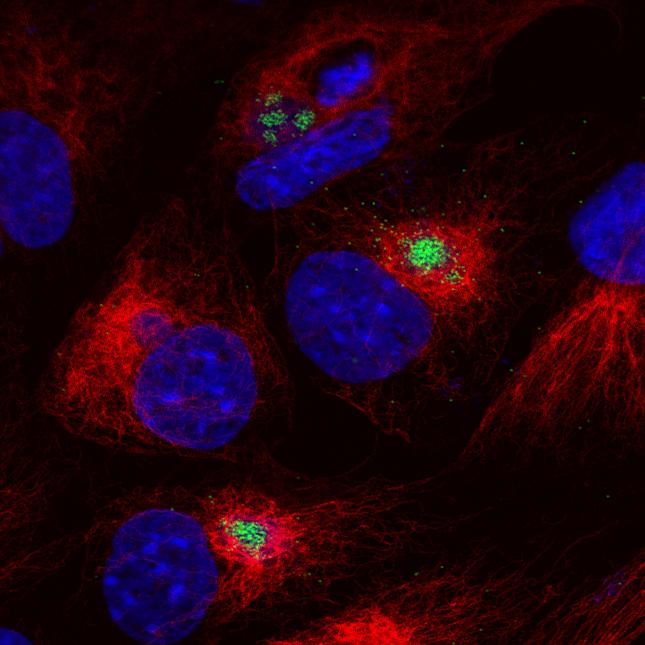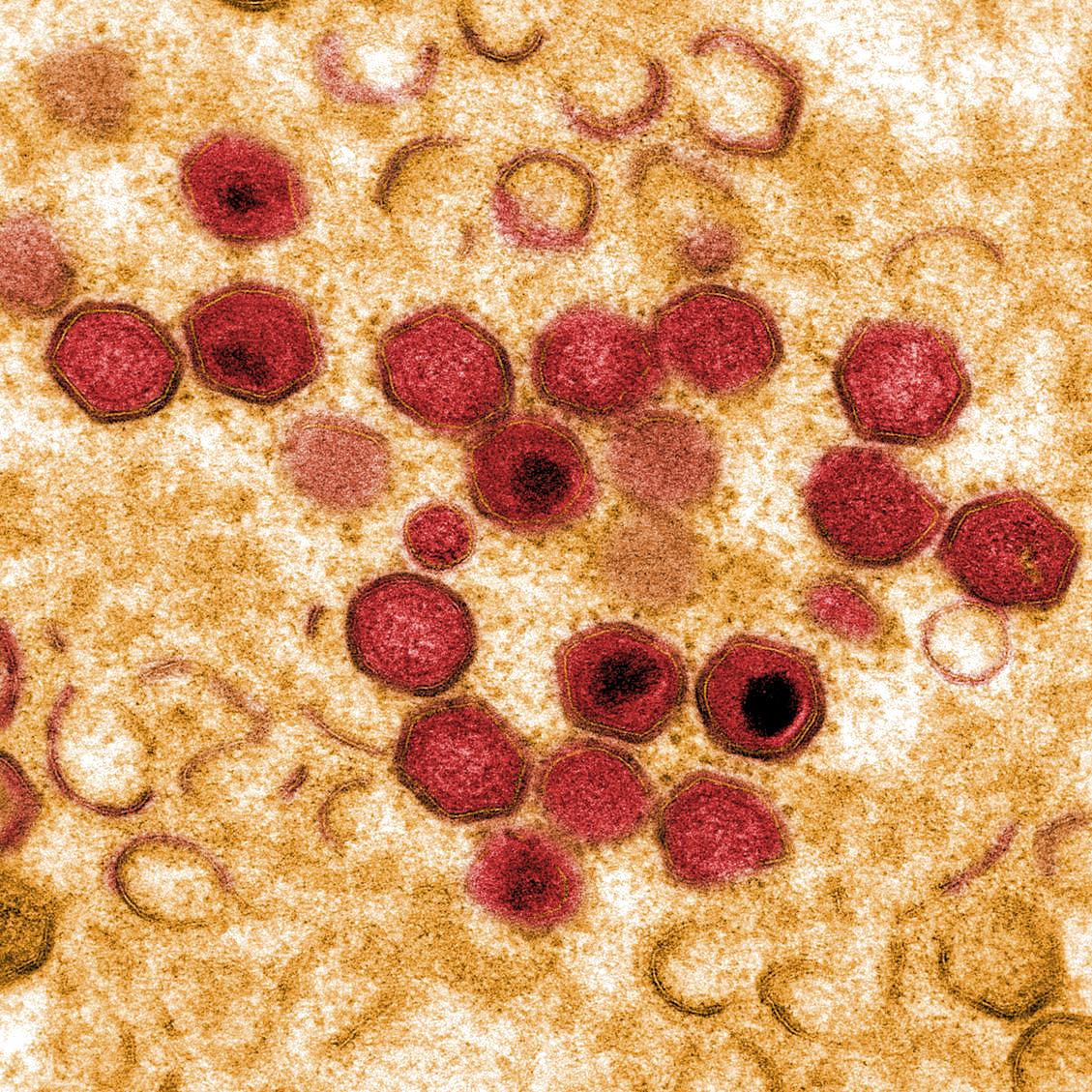Role of African swine fever virus (ASFV) proteins EP153R and EP402R in reducing viral persistence in blood and virulence in pigs infected with BeninΔDP148R
The limited knowledge on the role of many of the approximately 170 proteins encoded by African swine fever virus restricts progress toward vaccine development. Previously, the DP148R gene was deleted from the genome of genotype I virulent Benin 97/1 isolate. This virus, BeninΔDP148R, induced transient moderate clinical signs after immunization and high levels of protection against challenge. However, the BeninΔDP148R virus and genome persisted in blood over a prolonged period. In the current study, deletion of either EP402R or EP153R genes individually or in combination from BeninΔDP148R genome was shown not to reduce virus replication in macrophages in vitro. However, deletion of EP402R dramatically reduced the period of infectious virus persistence in blood in immunized pigs from 28 to 14 days and virus genome from 59 to 14 days while maintaining high levels of protection against challenge. The additional deletion of EP153R (BeninΔDP148RΔEP153RΔEP402R) further attenuated the virus, and no viremia or clinical signs were observed postimmunization. This was associated with decreased protection and detection of moderate levels of challenge virus in blood. Interestingly, the deletion of EP153R alone from BeninΔDP148R did not result in further virus attenuation and did not reduce the period of virus persistence in blood. These results show that EP402R and EP153R have a synergistic role in reducing clinical signs and levels of virus in blood.
IMPORTANCE African swine fever virus (ASFV) causes a disease of domestic pigs and wild boar which results in death of almost all infected animals. The disease has a high economic impact, and no vaccine is available. We investigated the role of two ASFV proteins, called EP402R and EP153R, in determining the levels and length of time virus persists in blood from infected pigs. EP402R causes ASFV particles and infected cells to bind to red blood cells. Deletion of the EP402R gene dramatically reduced virus persistence in blood but did not reduce the level of virus. Deletion of the EP153R gene alone did not reduce the period or level of virus persistence in blood. However, deleting both EP153R and EP402R resulted in undetectable levels of virus in blood and no clinical signs showing that the proteins act synergistically. Importantly, the infected pigs were protected following infection with the wild-type virus that kills pigs.


